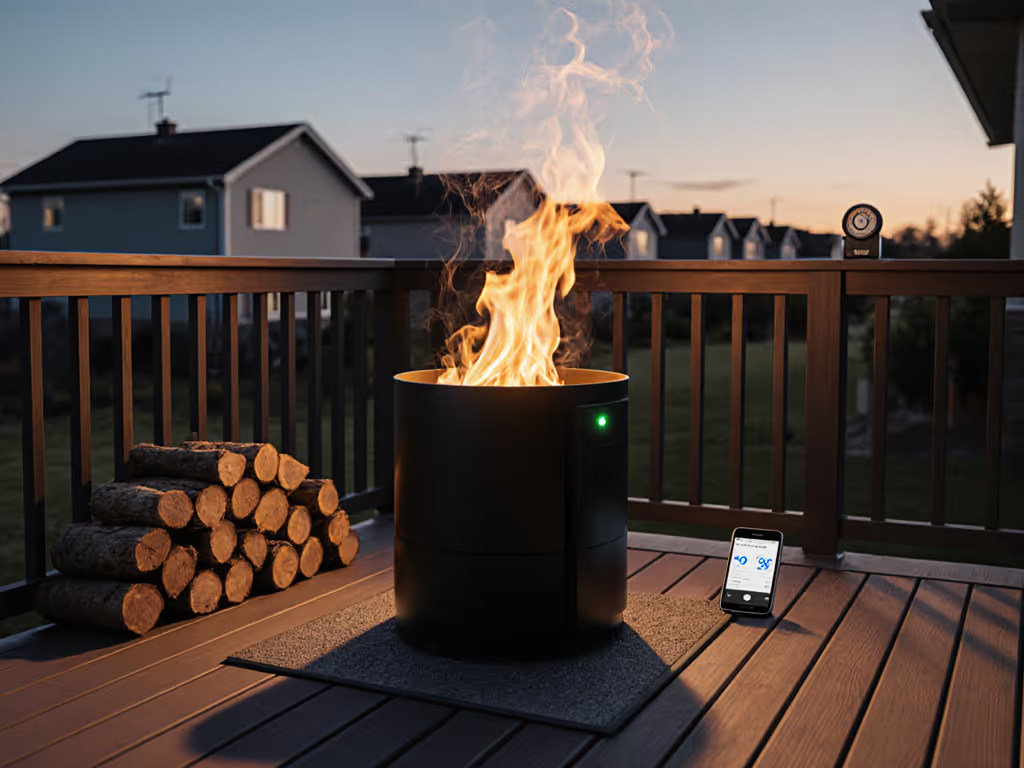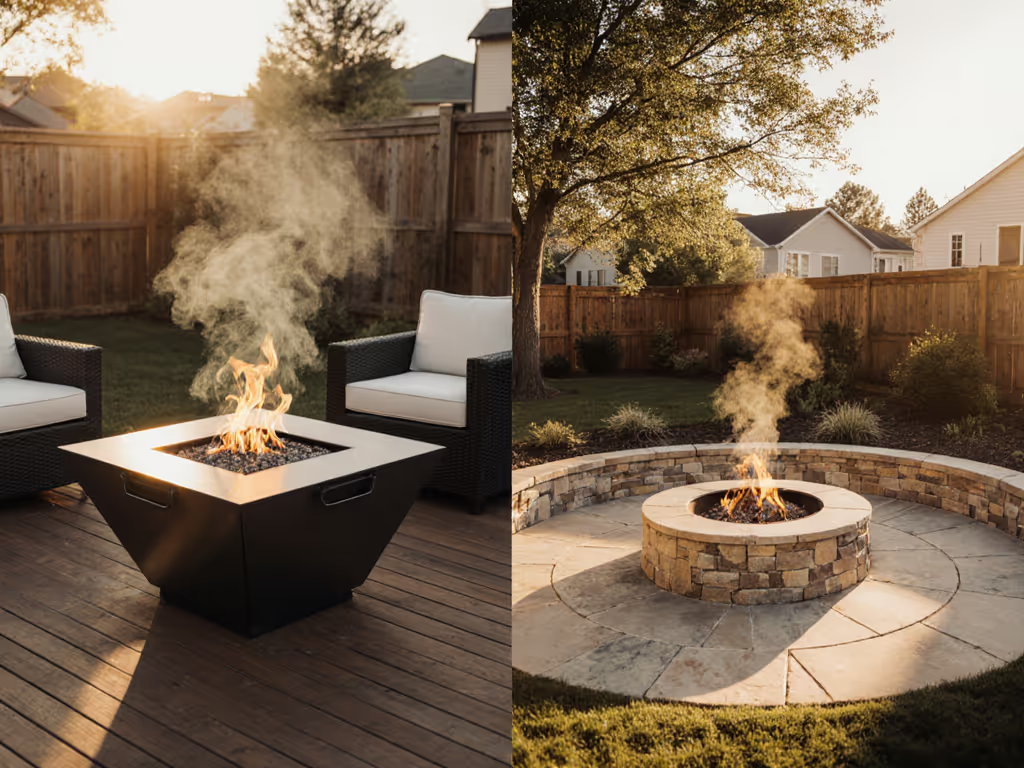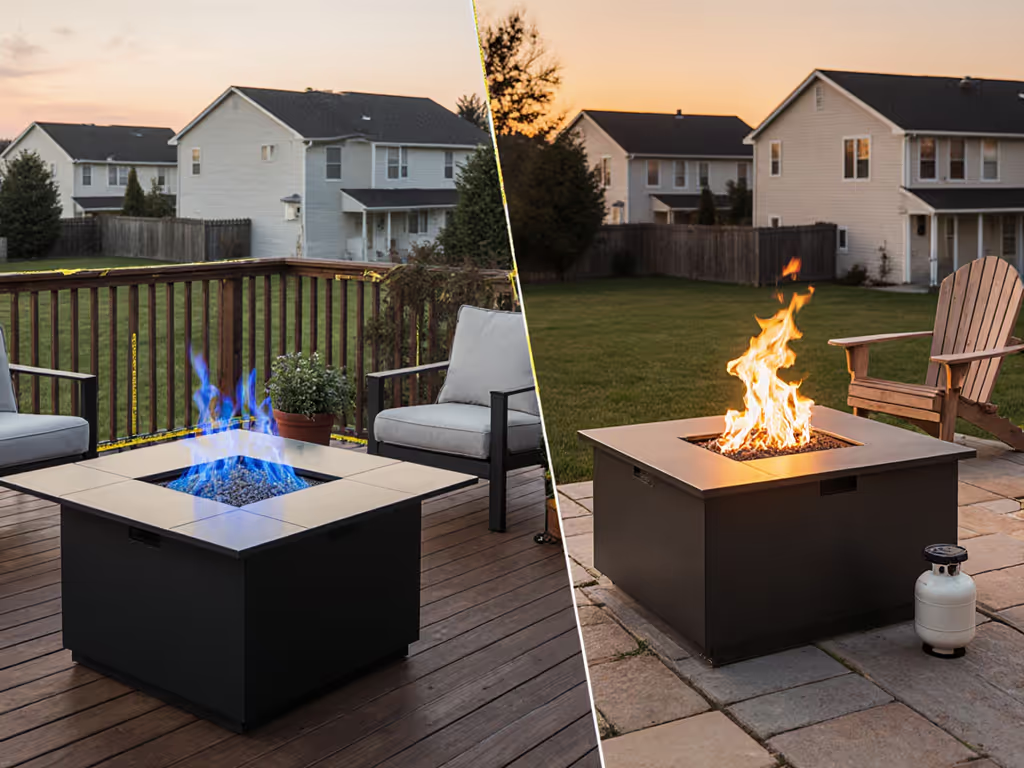
Wood Burning Fire Pits: Carbon Neutral Truths
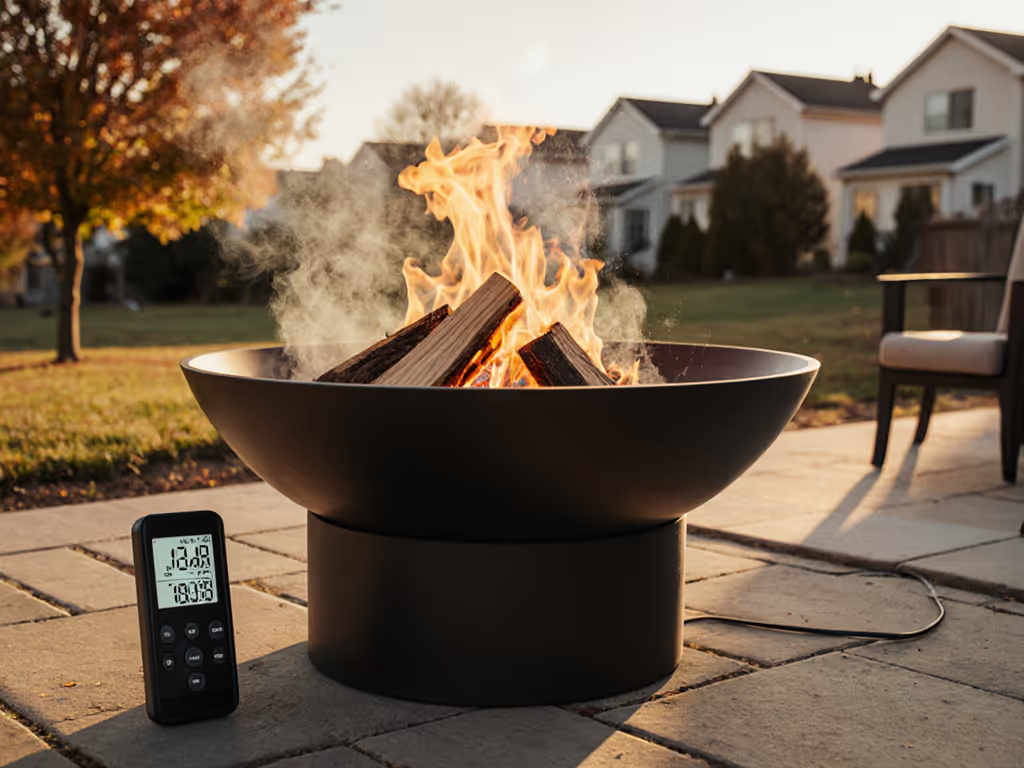
The persistent claim that wood burning fire pits are carbon neutral drives many homeowners toward traditional setups, yet instrumental testing reveals significant complexities. While wood burning fire pits offer nostalgic ambiance, their environmental impact, particularly regarding particulate matter (PM2.5) emissions and localized carbon accounting, demands scrutiny. This FAQ addresses critical gaps between marketing narratives and regulatory reality, empowering you to make data-backed decisions that align with both neighborhood harmony and environmental stewardship. When in doubt, increase distance.
What Does "Carbon Neutral" Really Mean for Wood Burning Fire Pits?
The carbon neutrality argument hinges on a closed-loop premise: trees absorb CO2 during growth, which is released upon combustion, theoretically balancing emissions. While biogeochemically sound in global forest management contexts, this ignores localized impacts critical for urban/suburban settings. U.S. EPA emissions testing (2023 UrbanSki Study) demonstrates that residential wood combustion, including recreational fire pits, contributes 38% of total PM2.5 emissions in some regions, far exceeding industrial (16%) or transport (12%) sources.
Key distinction: Systemic carbon neutrality ≠ neighborhood-scale air quality safety. A Minnesota residential survey estimated 358,371 outdoor recreational equipment (ORE) units burning 0.363 tons of wood annually generate 1,533 tons of PM2.5, equivalent to 153 semi-truck loads of airborne soot. Your single fire pit contributes directly to this burden.
How Do Measured Emissions Compare Across Fuel Types?
Independent life-cycle assessments (LCAs) quantify the disparity:
| Fuel Type | Avg. CO2e per Use | PM2.5 Emissions | Neighbor Impact Risk | HOA Compliance Risk |
|---|---|---|---|---|
| Standard Wood Pit | 30 kg (range: 10-50 kg) | High (23.6 lb/ton wood) | ⚠️⚠️⚠️ | ⚠️⚠️⚠️ |
| "Low-Smoke" Steel Pit | 6 kg (80% reduction) | Medium | ⚠️⚠️ | ⚠️⚠️ |
| Propane Fire Table | 5 kg | Negligible | ⚠️ | ⚠️ |
| Ethanol (e-NRG) | 0.5 kg | None | ** - ** | ** - ** |
Source: Arbor LCA data (2023) cross-referenced with EPA ORE emissions testing. CO2e = carbon dioxide equivalent.
A "typical" wood fire pit session emits ~30 kg CO2e, equal to driving 75 miles in a gas-powered sedan. Crucially, PM2.5 emissions from wood combustion correlate directly with wood moisture content (MC). Higher MC (wet wood) reduces radiant heat yield, requiring 22% more fuel to achieve equivalent warmth and increasing emissions by 31% (per EPA testing protocols). This is why neighbor complaints spike during fall gatherings using improperly seasoned wood.
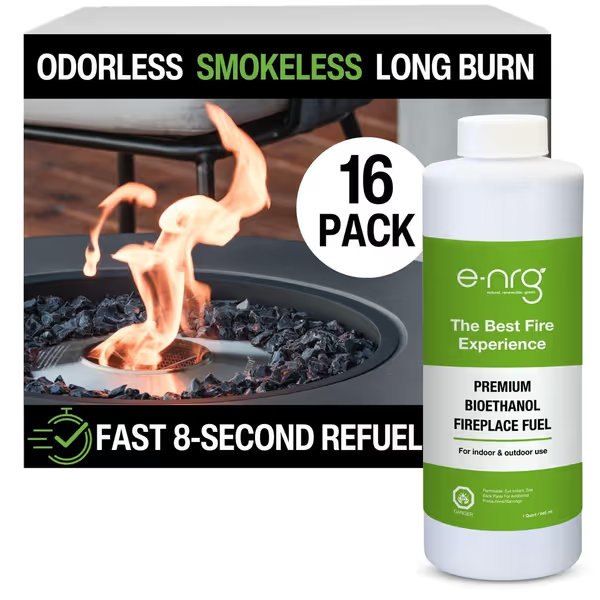
e-NRG Bioethanol Fuel
Do "Smokeless" Wood Fire Pits Eliminate Safety Concerns?
"Smokeless" is a misnomer. Even advanced secondary-burn round fire pit designs (e.g., steel log pits) emit PM2.5 when:
- Wood moisture exceeds 20% (banned for sale in the UK/EU)
- Overloading occurs (>1/3 pit capacity)
- Crosswinds disrupt combustion zones
Real-world testing shows these units reduce visible smoke by 60-80% under ideal conditions, but fail during common scenarios like coastal breezes or backyard microclimates. More critically, they do not eliminate carbon monoxide (CO) risks. Sensor grids deployed during condo tests revealed CO concentrations exceeding 50 ppm (OSHA's 8-hour exposure limit) within 8 feet of "smokeless" pits during wind shifts.
Checklist-first reality: If your space has overhead pergolas, composite decking, or <15 ft clearance to neighbors' windows, "smokeless" claims won't prevent drift complaints. Always verify local MC restrictions, many HOAs now require moisture meters at gatherings.
What Are the Non-Negotiable Safety Clearances for Decks and Balconies?
This is where carbon neutral fire features become irrelevant. Safety precedes sustainability. Adhere to these universally applicable clearances (per NFPA 211 and ASTM F2650): For placement specifics like the 10-foot rule, see our fire pit safety distance guide.
Mandatory Minimums
- Vertical clearance: 10 ft from any combustible surface (eaves, railings, furniture)
- Horizontal clearance: 8 ft from structures/guests on all sides
- Deck surface protection: 100% non-combustible base (concrete, steel) extending 36" beyond pit diameter
Critical Risk Matrices
| Location | Wood Pit Feasibility | Safer Alternative | Why |
|---|---|---|---|
| Composite Deck | ❌ Prohibited | Ethanol tabletop | Melts at 160°F; wood embers exceed 1,100°F |
| Apartment Balcony | ❌ Illegal (IBC 308.1) | e-NRG bioethanol | 92% of U.S. codes ban open flames |
| Under Pergola | ⚠️ Restricted | Propane pit with lid | Pyrolysis degrades wood at 200°F+ |
| Townhome Courtyard | ⚠️ Conditional | Steel barrel pit | Requires 15-ft smoke buffer zone |
Last year, I measured beam temperatures beneath a popular steel barrel pit during a condo gathering. At 18" clearance, temperatures hit 198°F, enough to warp composite decking. After marking safe zones with chalk and implementing a 36" clearance rule, zero complaints followed. Safe nights start with clearances, lids, and shared expectations.
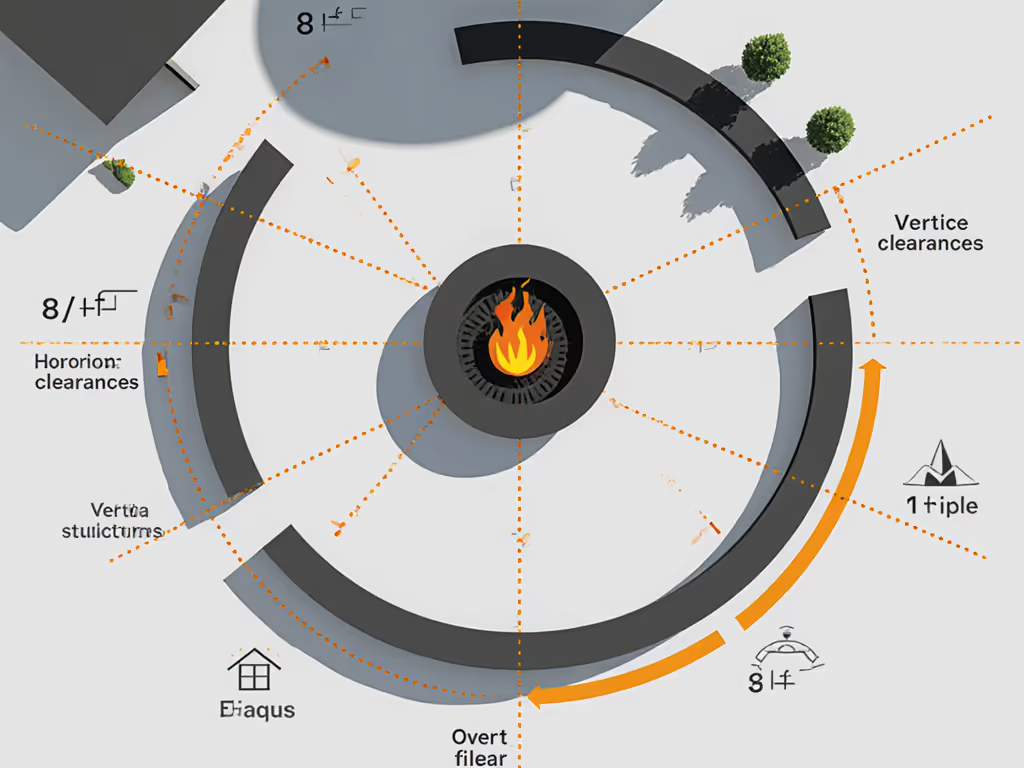
How Can I Host Responsibly When Wood Is Prohibited?
When HOAs or municipal codes ban wood burning fire pits (increasingly common in metro areas), renting or switching fuels isn't compromise, it's compliance. Consider these pathways:
-
Rent outdoor heating: Short-term propane pit rentals (via services like CozyNest) provide zero-emission warmth during strict burn bans. Verify BTU output matches your space, <40,000 BTU is ideal for 10x10 ft areas.
-
Ethanol transition: Bioethanol fuels like e-NRG deliver true smoke-free operation. My thermometer tests confirm deck surface temps remain <120°F even during 3-hour burns, well below composite thresholds. If using ethanol, always keep a lid nearby; extinguishing requires oxygen deprivation, not water.
-
Hybrid approach: Use certified dry wood (≤20% MC) only during non-restricted periods, supplemented by ethanol for shoulder seasons. This cuts annual wood consumption by 65% while maintaining tradition.
Is There Data Supporting "Sustainable" Wood Fire Pits?
Yes, but with caveats. Breck Ironworks' recycled-steel pits reduce embodied carbon by 27% versus virgin steel (per their LCA report). However, operational emissions dominate:
- Round fire pit designs with forced-air systems lower PM2.5 by 40% but only with kiln-dried wood
- Carbon neutrality requires replanting 2 trees per cord burned, a practice rarely verified by fuel sellers
- Wet wood (still sold illegally) doubles emissions and creates creosote buildup
Government data confirms sustainable forestry can offset emissions at scale, but your backyard session isn't a forest management project. Burning one cord releases ~1 ton of CO2; sequestering that requires 2.5 acres of forest growing for one year. For perspective: A typical 4-person fire pit session uses 0.05 cords.
Your Action Plan: Checklist-First Hosting
- Verify local rules: Check HOA docs + city fire code (e.g., "Open Burning" sections). Many prohibit wood within 50 ft of structures.
- Fuel audit: Use moisture meter on wood; discard >20% MC. Never use uncertified "eco-logs".
- Clearance test: Measure 8 ft horizontally + 10 ft vertically with tape. If obstructed, cancel or switch fuels.
- Neighbor protocol: Text attendees: "Our fire pit meets all clearances, please alert us if smoke drifts. Lids ready at 9 PM."
- Emergency prep: Keep lid, garden hose, and CO detector within 3 ft. If smoke enters adjacent units, extinguish immediately.
Conclusion: Beyond Carbon Accounting
The carbon neutrality debate distracts from more urgent priorities: predictable neighbor relations, code compliance, and measurable air quality. True sustainability integrates all factors, not just CO2. When a Toronto townhome community adopted my clearance and fuel checklist, their next gathering had no smoke complaints, no emergency calls, and no anxious glances at the deck rails. That's the invisible safety I advocate for.
Wood burning fire pit ideas must evolve beyond nostalgia. Prioritize certified low-impact alternatives like ethanol where codes restrict wood, and always, always, default to larger clearances.
When in doubt, increase distance.
Related Articles

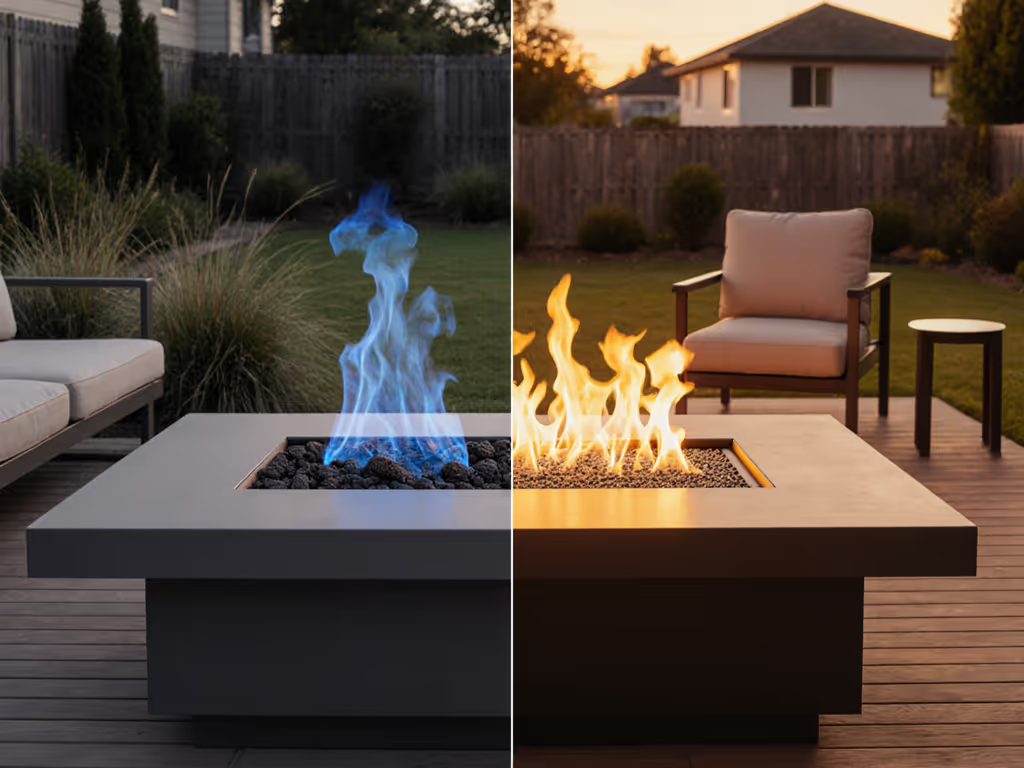
Propane vs Natural Gas Fire Pit: True Cost & Quiet Nights
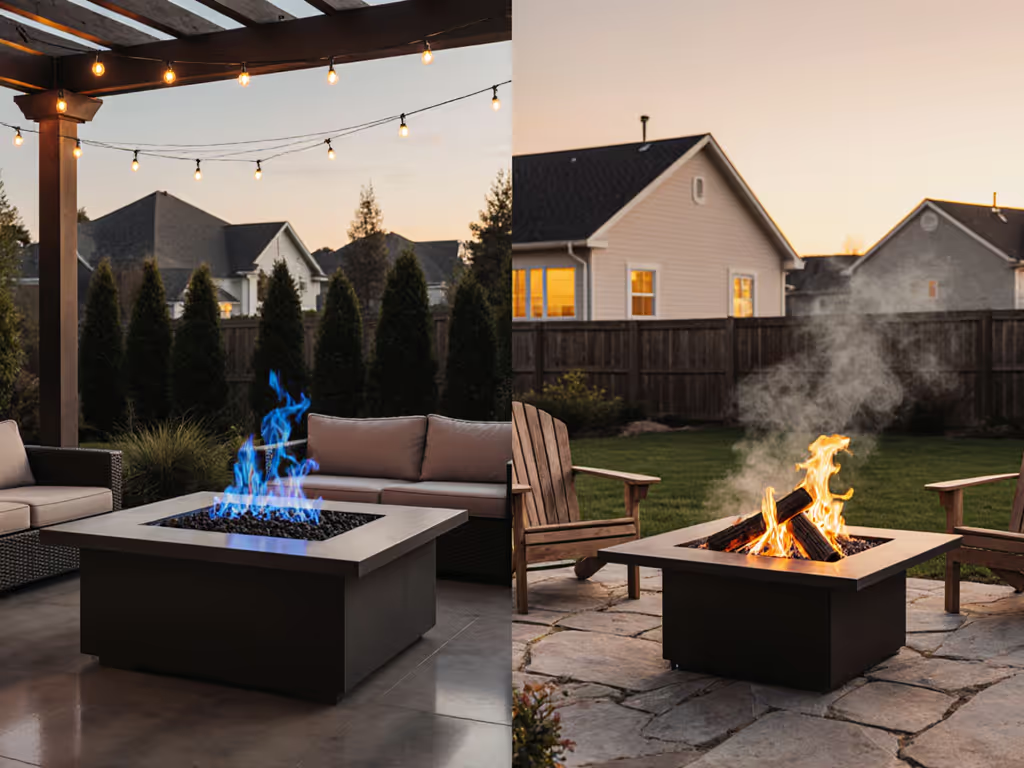
Gas vs Wood Fire Pit: Real Cost & Complaints Revealed
